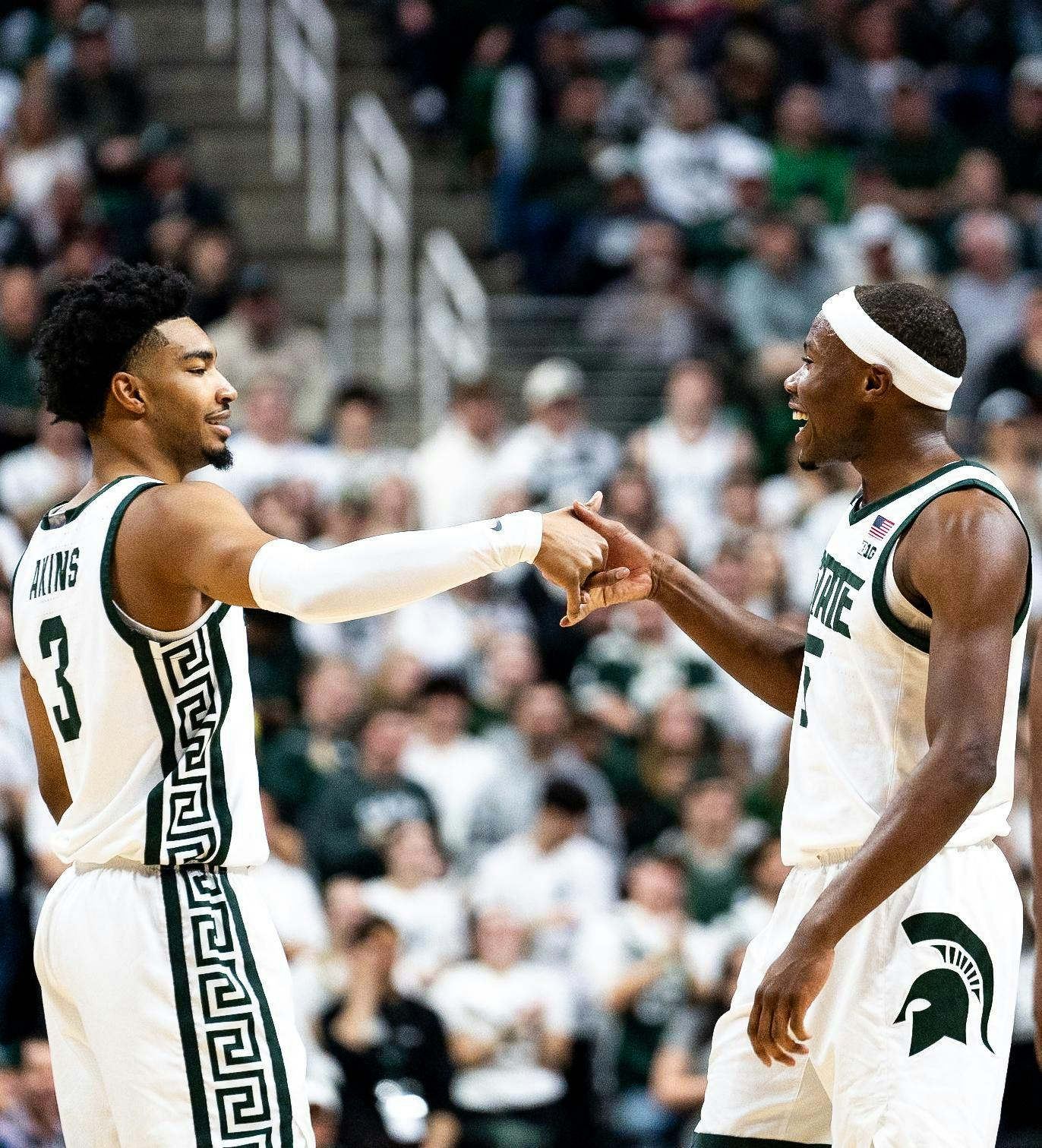What if I told you there was a world with no rules?
One world where money-hungry agents prey on uncertain athletes. Where greed outweighs loyalty. Where billion-dollar universities run the show. And where finding an athlete who stays at one school for four years feels nearly impossible.
To me, this world feels cruel, unjust and unfair. Yet, it reflects the current state of college athletics — where the unchecked forces of the transfer portal and name, image and likeness (NIL) have reshaped every sport imaginable.
Before diving into the slow death of college athletics, it’s important to understand the context. Let’s rewind to 2019.
This was a time when coaches could work closely with student-athletes — not just developing them into successful players, but also helping them grow into mature, well-rounded individuals. Players barely left to play for other programs. They trusted the system and stuck it out until they graduated. Players immersed themselves in university tradition, built team chemistry and honed their skills without unnecessary distractions.
It was also when MSU men’s basketball was at its peak. The Spartans were coming off a Final Four run, with seasoned leaders like Cassius Winston and Joshua Langford returning for their senior seasons — setting up what promised to be another title-contending year.
Of course, the COVID-19 pandemic cut that season short. And with it, the old ways of college athletics began to fade. What replaced loyalty and development was a new era of unchecked opportunity. In 2021, NIL took hold, and looser transfer portal regulations opened the door to constant movement.
Now, what remains is chaos — a system stripped of what once made college sports special.
Tradition, chemistry, development and loyalty — once the pillars of college athletics — have withered, replaced by cold, hard cash. This shift has created a form of extinction: the one-university, four-year athlete.
A four-year, one-university athlete is just that — a player who commits to a program, stays, develops and graduates as a Spartan, Wolverine, Trojan, or whatever they signed up to be. A squad full of players like so can create an encouraged team full of camaraderie and chemistry. In my opinion, a team like this is the best team to have.
Take MSU senior guard Jaden Akins, for example. The southpaw committed to MSU in 2021, before staying his full four years with the Spartans. Akins is a guy who poured his heart and mind into one program in hopes of the best results.
In 2019, this wouldn’t have been newsworthy. Today, it’s like spotting a unicorn. A player like Akins may never be seen again, at least not for a very long time.
And Akins isn’t the only example.
In women’s basketball, there’s graduate senior Julia Ayrault, an athlete who – like Akins – has given it all she has in her five years with green and white.
In hockey — where transfer movement is less common — seniors like Tanner Kelly and David Gucciardi also represent this disappearing group.
"A player staying at one university for four years is a rarity nowadays," creative advertising senior Mark Selasky said. "And this is the transfer portal's fault. It’s just a free-for-all, and the athletes are just taking advantage of it."
Selasky is right. It’s a free-for-all, one without rules. This offseason in winter sports, men’s basketball has seen over 2,300 players enter the transfer portal, women's basketball seeing over 1,300 transfers and hockey seeing over 200 transfers.
Amidst those 2,300 men’s basketball transfers are a few Spartans, most notably Tre Holloman, who played three seasons for MSU before transferring to N.C. State. Holloman perfectly represents the problem with college athletics today. He was a player who spent three years giving it his all for MSU, and would have played significant minutes at a high-end college basketball program for his fourth year. There seemed to be no reason to leave, and when I first heard the news that he would be transferring, I thought it was some sick April fools joke.
Holloman could have been that unicorn — a four-year Spartan — but circumstances changed.
But let’s be clear: this isn’t the players’ fault. What they are doing seems to be in their best interest, and while I may disagree with it, I don’t put the blame on them for leaving. They are just taking advantage of a weak system with many faults.
Support student media!
Please consider donating to The State News and help fund the future of journalism.
"I have a very traditionalist view of the transfer portal, and to me it ruins the integrity of the sport," Selasky said. "If a school has more money, then how is the opposing school going to compete? It becomes a competition of money rather than it becoming a competition of sport, and to me that’s wrong."
This raises the question: Will the four-year, one-university athlete ever return? I asked this question to Selasky, who said it’s all a matter of "ifs."
"I believe it’ll be a thing of the past," Selasky said. "It’s possible we see it return to the old ways, but that’s if the NCAA puts some sort of regulations in place to hinder athletes' abilities from transferring, and that’s a big if."
My take on all of this? Selasky is right, again. Unless the higher ups within the NCAA want to make a change and implement rules – which right now seems unlikely – then college athletes will continue to have the free range to do whatever they want.
If there’s going to be a shift, it starts at the top. The NCAA needs to recognize that what’s happening now isn’t sustainable. Without guardrails, without regulation, this free-for-all will only deepen. Generations of players, programs and traditions are at risk — and the sports we grew up loving may never be the same.
Discussion
Share and discuss “COLUMN: The extinction of the four-year, one-university athlete” on social media.






